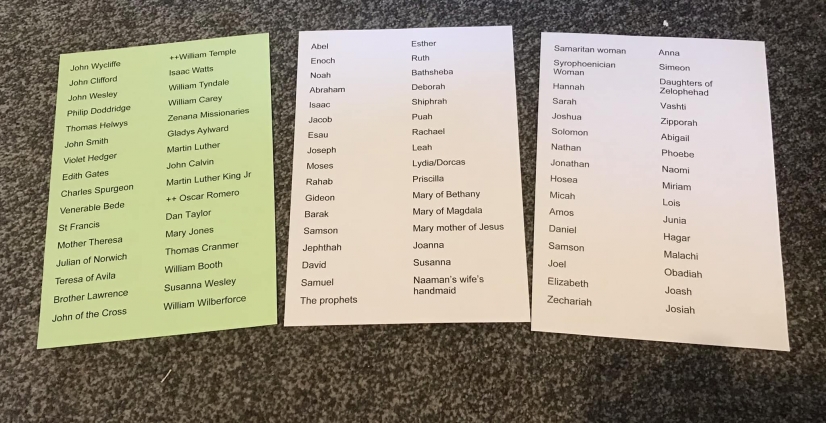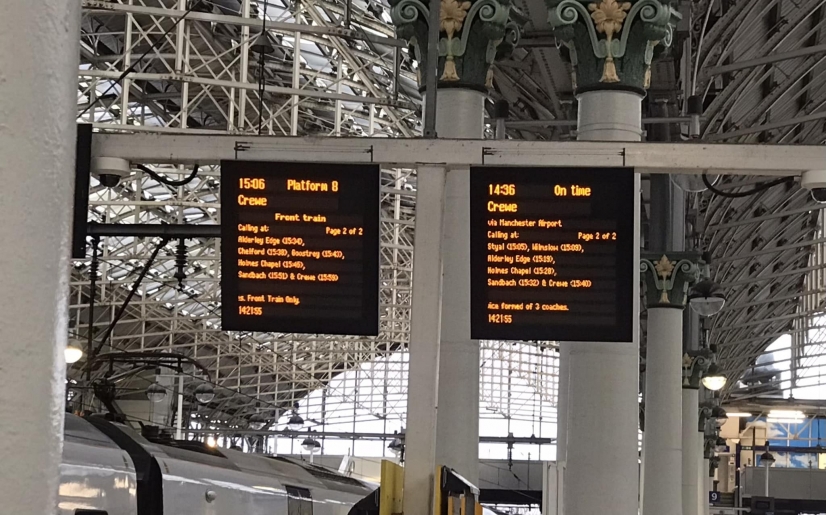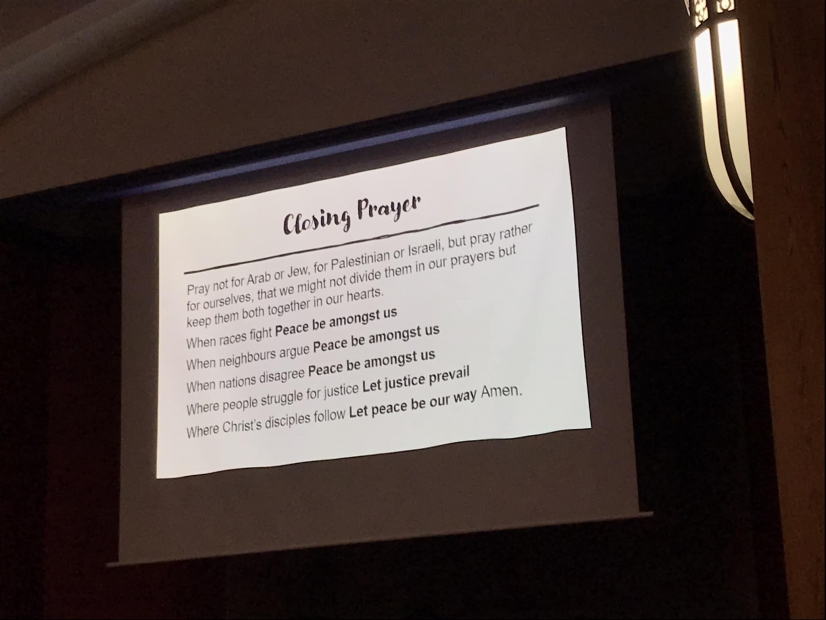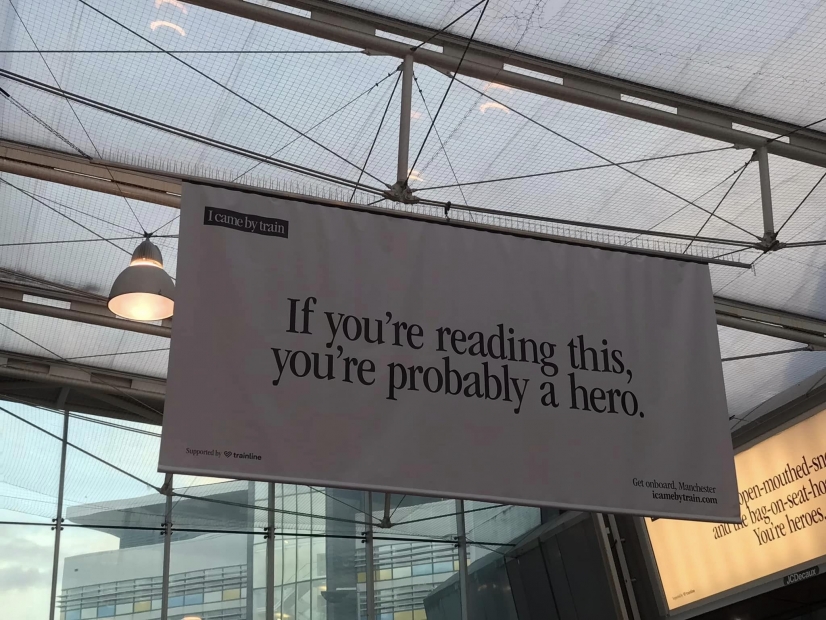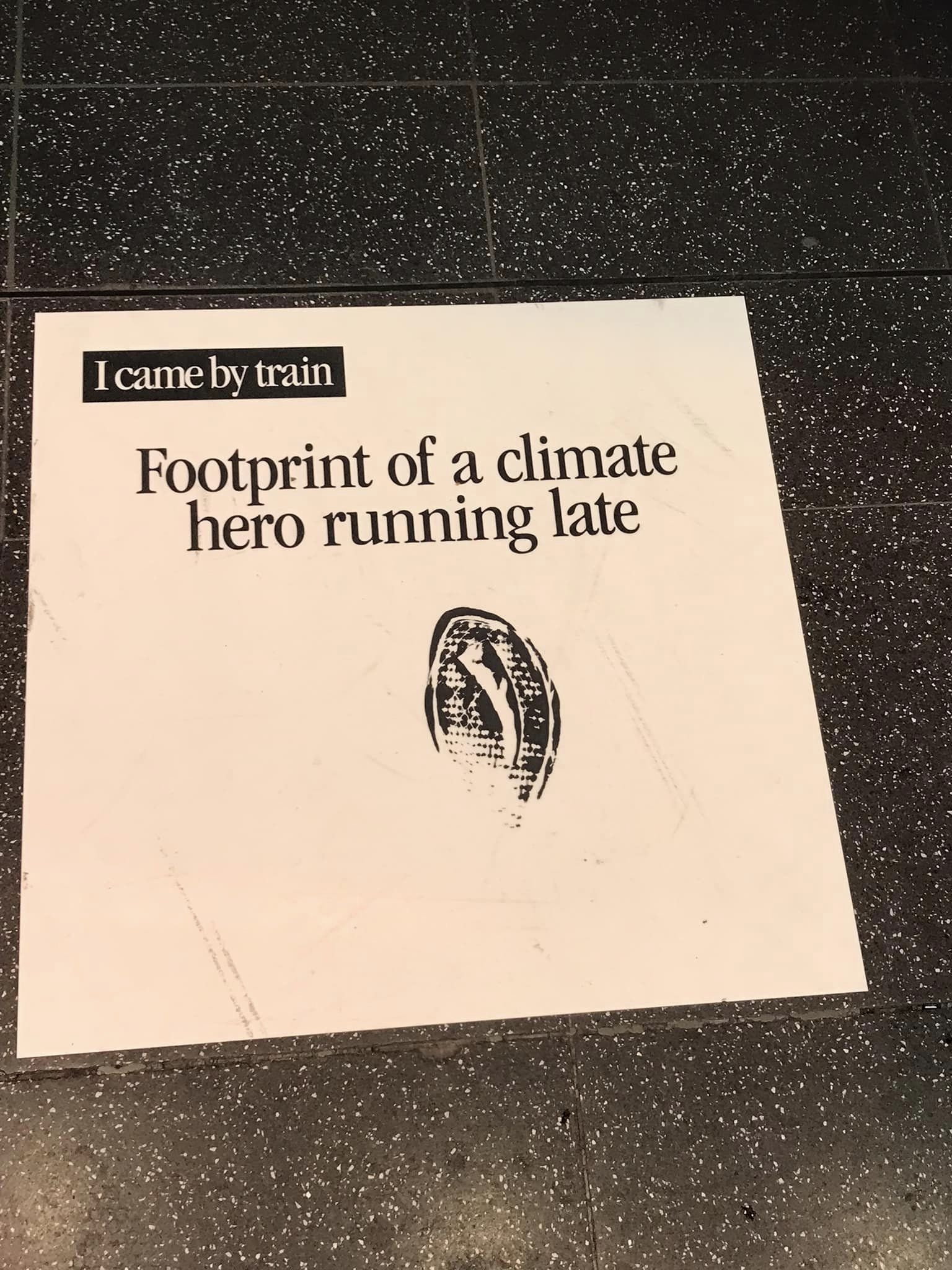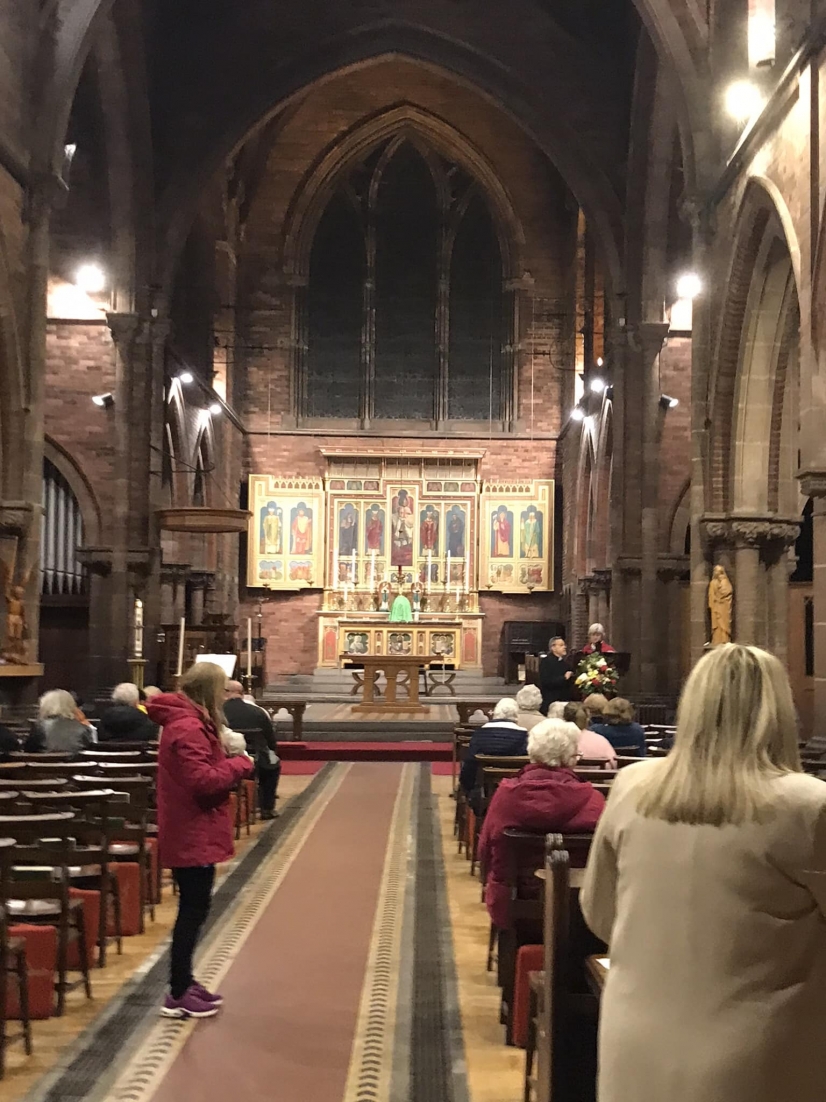Tomorrow I lead my first All-Age service at Railway Town BC. It is the Church Anniversary weekend, something this church still marks, it is just after All saints and All Souls, it is Guy Fawkes night, and it's just before Remembrance. In Roman catholic tradition it is the month of the dead. So tomorrow we are going to create our own 'great Cloud of Witnesses' beginning with Hebrews 11-12 and then using our imaginations.
As a starter, I have listed out the names of the those recorded in Hebrews 11 and 12, added more Biblical characters, and then made a starter list of small-s and larger-S saints from history.
People will be invited to add to a collage...
- Someone from the Bible (but they aren't allowed to add Jesus)
- Someone from history
- Someone(s) they have known personally
It's hardly new, I have done similar before in other places, but I leave you to ponder, dear reader... who would you add from each of these categories?
